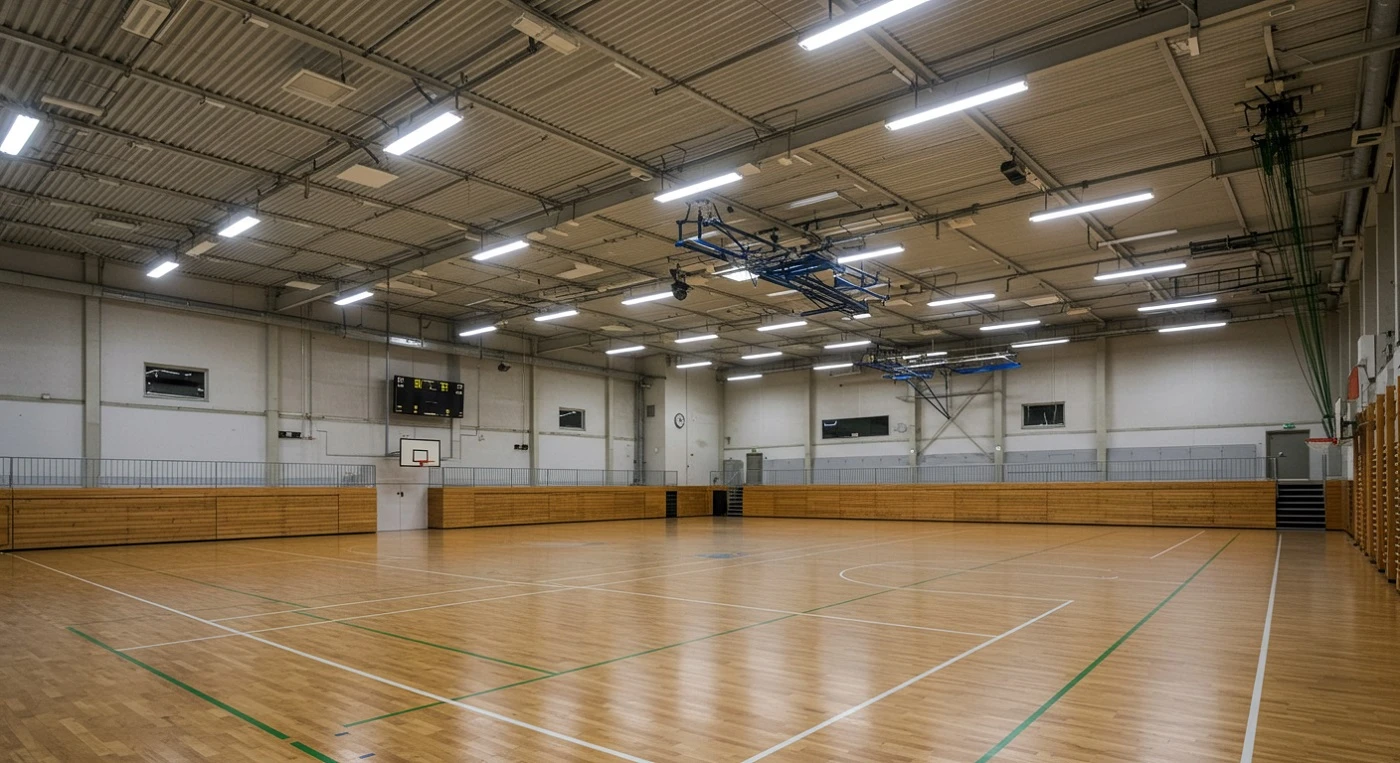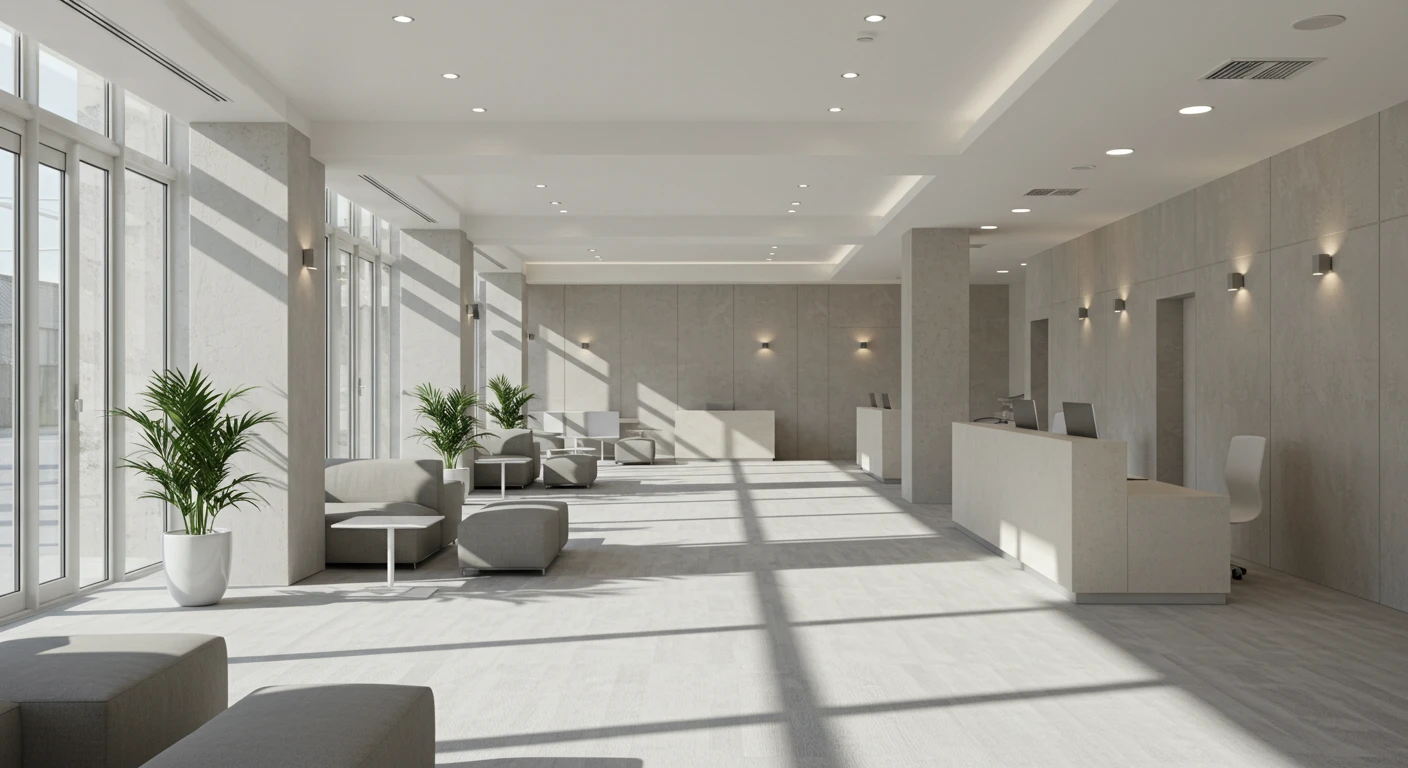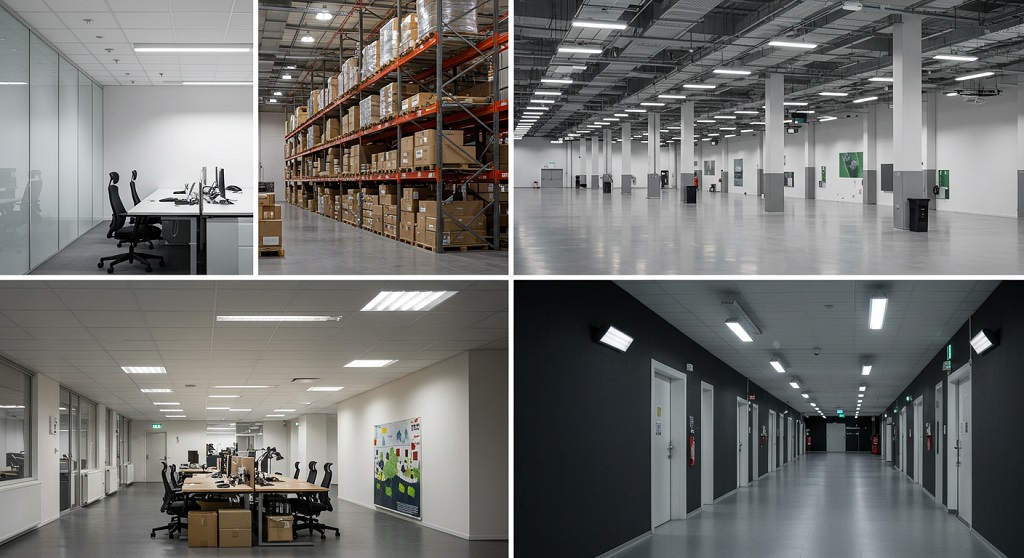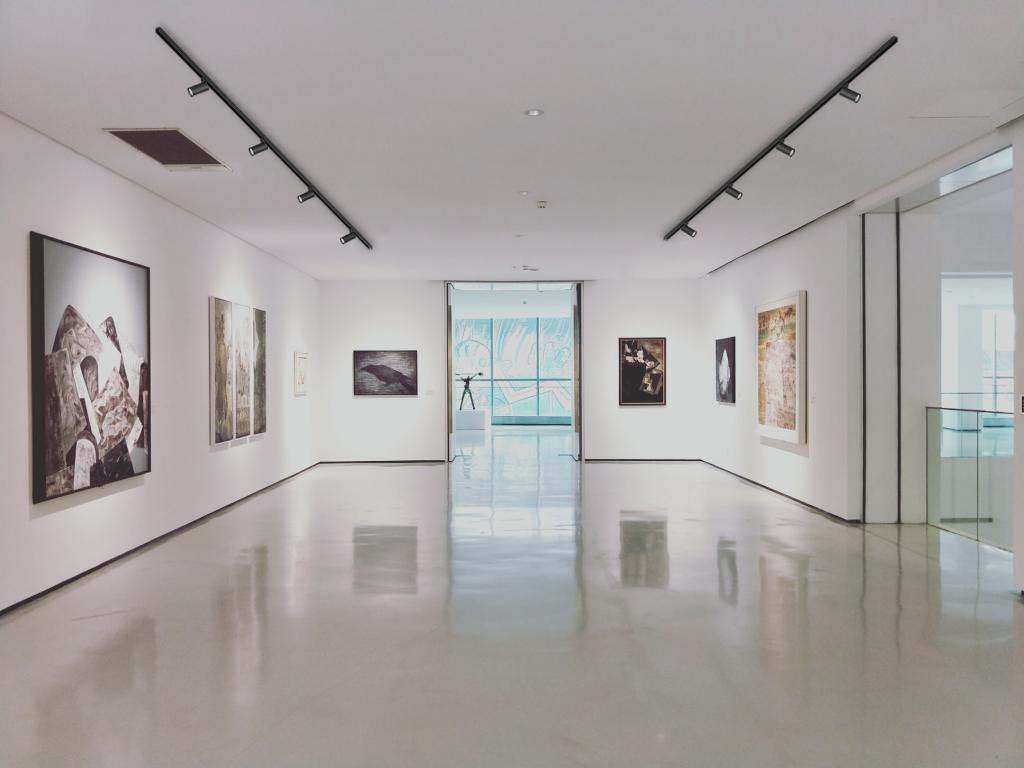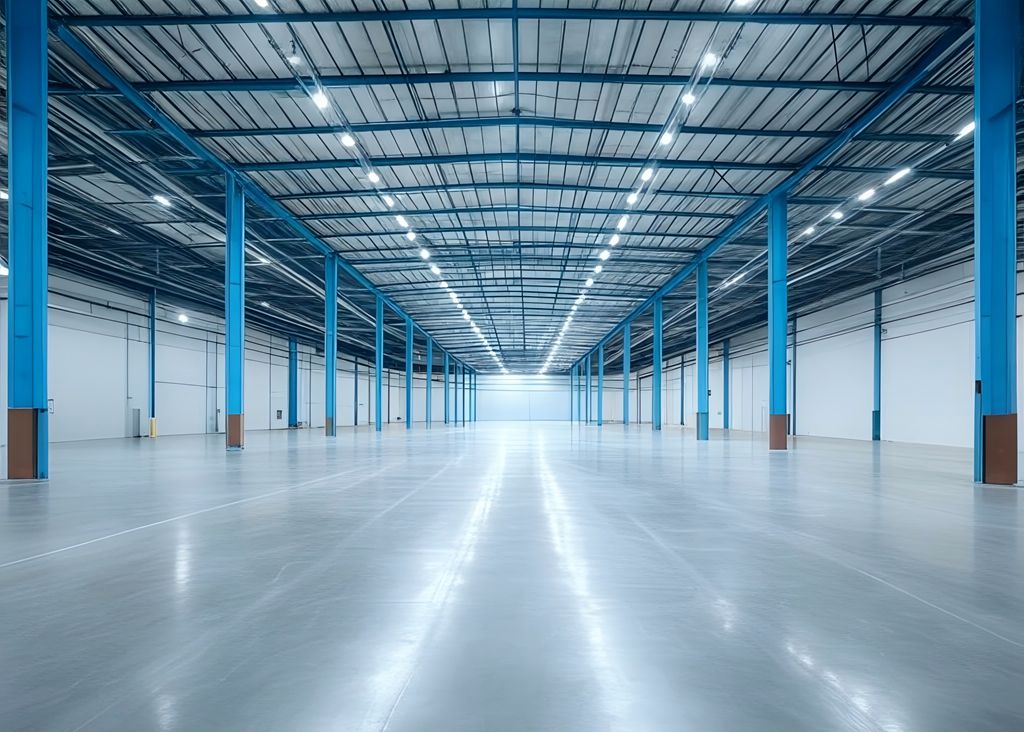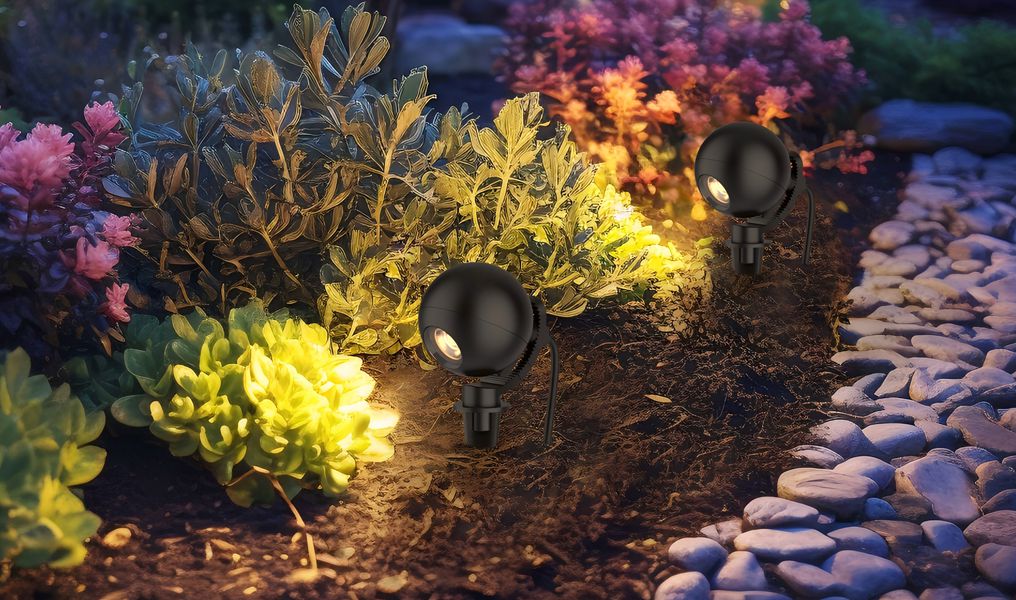With the development of LED technology, whether it is the lighting association, the government, or lighting factories, there are differences around the problems existing in LED technology.

LED has indeed brought great convenience to people's lives, high efficiency, energy saving, and also saved artificial operation and maintenance costs, which has won many favors. With its wide application, more problems brought along with it. Including lighting pollution, harm to the human body, and so on.
So how does LED lighting cause pollution and harm the human body?

A global study led by Christopher Kyba of the GFZ German Geoscience Research Center (the results of which are published in Scientific Progress) found that in the past four years, artificial light radiation and range increasing by 2% every year. Increase of this data is inseparable from the rapid development of LED.
Light pollution, especially the blue light emitted by LED bulbs, make the eyes uncomfortable. At the same time, it will have serious consequences for wildlife. When they approach a lot of artificial light, the rhythm and night instinct of the organism will be affected. Humans will be forced to disrupt the circadian rhythm and cannot see clearly when driving at night. In more serious cases, causing the season comes early.

The damage of LED lighting to the human body mainly lies in the blue light and glare generated. People working under LED lighting environment for a long time will cause certain visual fatigue and affect people's biological clock and life rhythm. It is harmful to the human eye and retina, causing vision loss. This's why we now respect anti-blue light and dazzling glasses, which play a certain protective role.

A well-designed LED light can reduce the amount of wasted light emitted by the bulb, which is of great significance for reducing waste of resources and environmental protection. The public attaches great importance to the development of this project. As a lighting company, not only the output of lighting products, and the lighting industrys should move in a direction that benefits people. We still need to learn a lot about light in a broad sense and how the body responds to light. Needless to say, the lighting industry has the responsibility to perform rigorous testing on LED products to prove their safety and applicability before entering the market.

